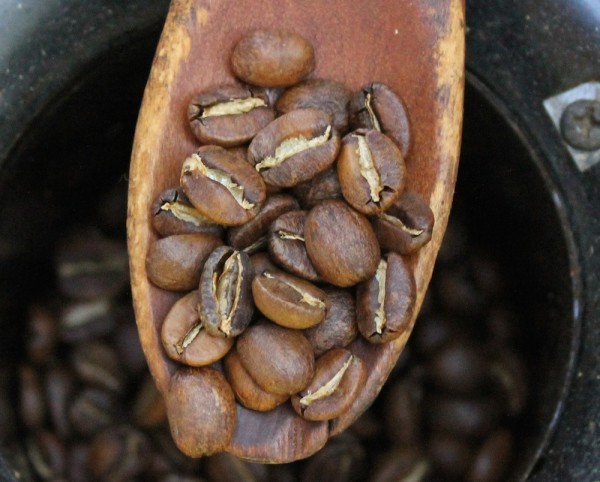A University of Texas acoustician with a personal passion for coffee has led research toward a potentially automated roasting process that responds to sonic measurements from coffee’s first and second cracks.
Preston Wilson most often studies underwater acoustics, but decided in a recent test to apply audiology principles to one of his personal interests: coffee. The results were recently published in the Journal of the Acoustical Society of America. (Click here for a pdf of the full study.)
(related: What’s Behind America’s Best Roasted Coffee: A Q&A With Andrew Bowman
)
Says Wilson, “Despite the widespread practice of monitoring the roasting process audibly — in home, commercial artisanal, and mass-market industrial roasting venues — the author has found no previous quantitative description of the sounds produced during coffee roasting, and no discussion of an automated acoustic monitoring technique.”
For the test, Wilson roasted arabica and robusta coffees on a 0.45-kg commercial roaster with an electrical heating element, and he set up a Roland R-26 audio recorder to capture frequencies emitted by the beans during first and second crack, as well as the sounds of the roaster.
(related: Cropster Pairs with ColorTrack to Integrate Color Profiling Technology)
One of the most interesting results was the quantification of the dramatic differences between the acoustical characteristics between the first crack event and the second crack, both in individual bean cracks and what Wilson described as the “choruses” of cracks. Here’s more from the test:
Three acoustical characteristics of the process were found that could be used to form an automated acoustical roast monitoring technique: first crack is louder than second crack (by 15% in peak acoustic pressure), first crack is significantly lower in frequency than second crack (by a factor of nearly 19), and second crack events proceed at a higher rate (by a factor of about 5) than first crack events. Other roasting noise does not impact the use of these signals.
Noting that sound, along with color and aroma, is one of the three most important characteristics measured by human roasters — he made special reference to small-batch “artisanal roasters — Wilson says further research on the subject could reasonably result in an automated acoustical roast monitoring technique that could be used in commercial applications.
“Taking it to the next level and commercializing the process will require quite a bit of effort — engineering the design of the sensor system, the data acquisition and processing,” says Wilson. “It will require writing software to automatically process the sounds, and then integrating it into the control system.”
Nick Brown
Nick Brown is the editor of Daily Coffee News by Roast Magazine.
Comment
1 Comment
Comments are closed.







Very intriguing to this EE home roaster!